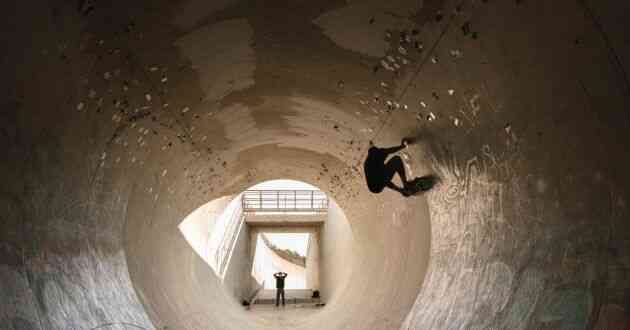Becoming A Cave Rescue Specialist
- - Category: Extreme Survival
- - 30 Jul, 2020
- - Views: 928
- Save
If you're into extreme hobbies or sports, you might've heard of cave rescue. If Yes, read on for more info.
More and more people are getting involved in adventurous past-times, such as mountain climbing, high altitude parkour, spelunking and cave exploration. Whilst the majority of people carry out the proper research and training to carry out these activities with minimal risk, there are still plenty of horror stories of people falling to their deaths, needing to be rescued from mountains, or getting trapped in caves. When this occurs, a specialist rescue response is launched, whether that’s confined space rescue for caves and crevasses, helicopter search parties for mountain rescue or something else. If you’re interested in adventure and excitement, why not consider joining one of these rescue groups to receive specialist training such as confined space training or drone pilot training, and to help those in need?
There are multiple organisations for cave rescue across the UK, including the Cave Rescue Organisation based in the Yorkshire Dales, the Cumbria Ore Mines Rescue Unit, the South East Cave Rescue Organisation and more. These are all voluntary organisations that individuals can join to learn the skills to carry out rescue missions and help trapped individuals as part of an experienced team.These groups often offer courses such as confined space training to ensure that members are completely up to the task of entering caves and other tight spaces and successfully extracting people that have gotten lost or stuck in them. It can be a terrifying and exhausting role, so volunteers should be physically fit and have strong mental fortitude to deal with the tough conditions encountered during a confined space rescue operation.
There is also the chance that you will be required to attend international emergencies. In 2018, tragedy struck in Thailand when twelve members of a junior football team and their assistant coach were trapped in a cave by heavy rainfall. The group were trapped in the cave for 18 days in total and an international rescue effort involving over 100 divers were used to locate and save the team. The first divers to locate the group were both British and are regarded as some of the best divers in Europe thanks to their skills in confined space rescue. Both men were part of a team that received international recognition for their work, including receiving the George Medal as part of their service.
As technology has advanced, people are coming up with safer ways to deal with rescue missions. Narrow caves, or caves that feature dangerous terrain such as sharp stalagmites and stalactites, can often be very difficult to navigate. To try and counteract some of this risk, some organisations have taken to carrying out drone pilot training and then flying drones through caves to try and locate the rescue before attempting to reach them with a human. Obviously, this cannot be done in every situation. If a cave is waterlogged, then a drone will not be able to fly through the water. The pilot must also have received extensive and specialist drone pilot training in order to effectively and safely navigate the cave.
If you’re interested in receiving confined space training and volunteering to carry out cave rescue missions, search for your local organisation on Google and get in touch with them for more information.


